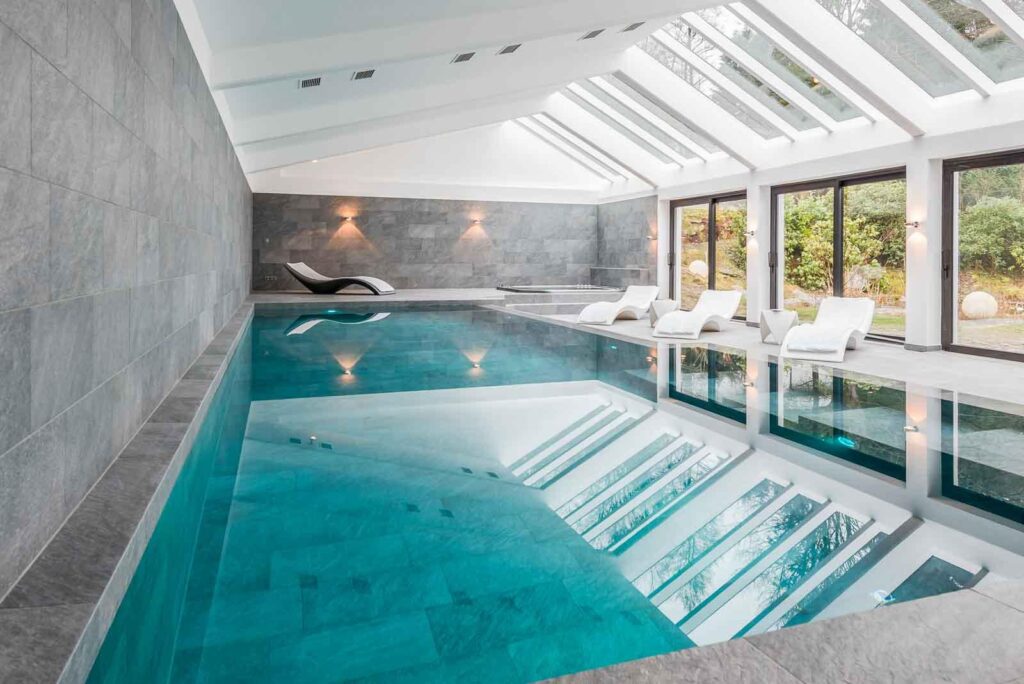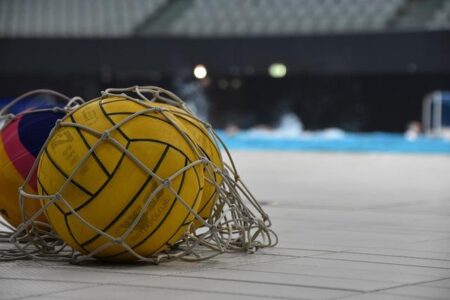As the days grow shorter and temperatures drop, keeping children physically active throughout the fall and winter months becomes a growing challenge for many families. Indoor swimming pools, however, offer a practical and enjoyable solution, allowing kids to maintain their fitness and well-being regardless of the weather outside. Recent studies highlight that regular swimming not only promotes cardiovascular health and muscle development but also supports mental well-being, making it an ideal activity to keep children engaged and healthy during the colder seasons. This article explores how indoor swimming programs across the country are helping parents combat seasonal inactivity and ensure kids stay active all year round.
Benefits of Indoor Swimming on Children’s Physical and Mental Health
Indoor swimming offers a full-body workout that is gentle on young joints, making it an ideal exercise for children throughout the colder months. By engaging large muscle groups, swimming helps improve cardiovascular health, flexibility, and muscle tone without the impact stresses of land-based activities. Regular sessions also aid in developing coordination and balance, critical motor skills that support overall physical development. Beyond physical gains, the consistent routine of indoor swimming fosters discipline and promotes an active lifestyle, even when outdoor play is limited by weather.
Mentally, water-based activities have been shown to reduce stress and enhance mood in children, thanks to the soothing properties of water and the release of endorphins during exercise. The social environment of swim classes or group visits also nurtures emotional well-being by combating isolation often felt during fall and winter. Key mental benefits include:
- Improved concentration and cognitive function
- Boosted self-esteem through skill mastery
- Reduced anxiety from sensory stimulation
- Opportunities for positive peer interaction
| Benefit | Physical Impact | Mental Impact |
|---|---|---|
| Cardiovascular fitness | Enhances endurance | Improves focus |
| Muscle strength | Builds power | Boosts confidence |
| Social engagement | Encourages teamwork | Reduces loneliness |
Expert Tips for Creating a Safe and Engaging Indoor Swim Routine
To foster a safe environment in indoor swimming sessions, start by establishing clear pool rules that your kids understand and respect. Always ensure that a responsible adult is present to supervise, keeping an eye on water depth and any slippery surfaces around the pool area. Encourage the use of proper swim gear like goggles and non-slip sandals to prevent injuries. Additionally, warm-up exercises before diving in are essential to prepare muscles and reduce the risk of cramps. Incorporate short breaks every 20-30 minutes to maintain energy and focus throughout the routine.
Keeping the swim routine engaging requires a mix of structured activities and playful challenges. Rotate through different swimming strokes and games to target various muscle groups and skill sets, preventing monotony. Consider setting achievable weekly goals, such as improving lap times or mastering a new stroke, and celebrate these milestones to boost motivation. The following table offers a quick reference for balancing safety and fun during indoor swim sessions:
| Focus Area | Safety Tip | Engagement Strategy |
|---|---|---|
| Supervision | Constant adult presence | Interactive coaching |
| Gear | Use goggles & sandals | Choose colorful equipment |
| Breaks | Scheduled rest times | Hydration and snack games |
| Variety | Safe stroke techniques | Mix drills with water games |
How Community Pools Support Active Lifestyles During Colder Months
When temperatures drop, many children find it challenging to maintain regular physical activity outdoors. Community pools offer a vital solution by providing a warm, safe, and engaging environment that encourages movement all year round. Unlike outdoor sports that halt during colder months, indoor swimming allows kids to continue developing cardiovascular fitness, coordination, and strength without interruption. The consistent warmth and controlled setting also reduce weather-related cancellations, ensuring families can rely on their local pools as a stable resource for health and recreation throughout fall and winter.
Beyond physical benefits, community pools foster essential social connections for children during the less active months. Swimming programs and group classes create structured opportunities for peer interaction, teamwork, and skill-building. Parents often note improvements in mood and focus, attributing these changes to the combination of exercise and community engagement. Key advantages include:
- Accessible schedules aligned with school and holiday breaks
- Varied activities including swim lessons, water aerobics, and recreational swims
- Supportive facilities equipped with heated pools and dedicated kids’ zones
These benefits highlight the important role community pools play in maintaining active lifestyles when outdoor options are limited.
| Benefit | Impact on Kids |
|---|---|
| Improved Endurance | Enhances stamina and heart health |
| Social Interaction | Builds confidence and teamwork skills |
| Consistent Activity | Prevents winter inactivity slump |
In Conclusion
As the colder months set in and outdoor activities become limited, indoor swimming emerges as a vital option for keeping children physically active and healthy. Beyond its cardiovascular benefits, swimming supports strength, coordination, and mental well-being, making it an all-encompassing exercise during fall and winter. Parents and community programs alike continue to recognize the pool as a safe, engaging space where kids can maintain fitness and social interaction despite the chill outside. With growing awareness of these advantages, indoor swimming is poised to play an increasingly important role in sustaining youth health throughout the colder seasons.





